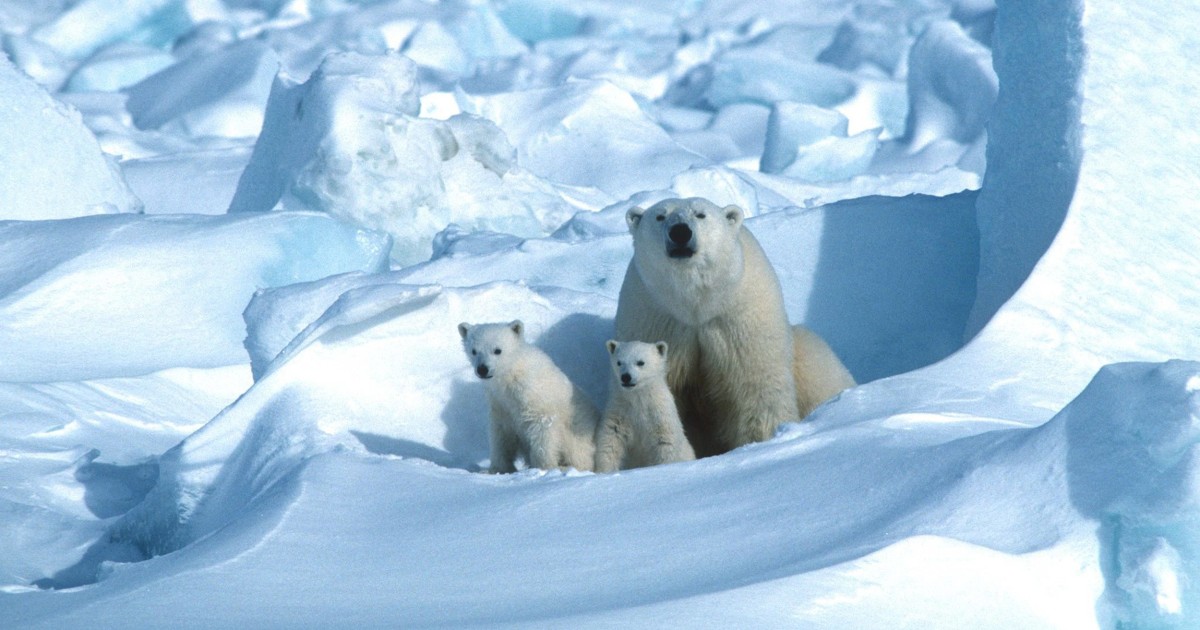Polar bears have long been the poster child for the consequences of climate change. A new study now suggests that the Arctic species is at risk of starvation to extinction by the end of the century.
As sea ice continues to disappear due to warming temperatures, polar bears are increasingly struggling to find the food they need to survive, says the University of Toronto-led study published in the scientific journal Nature Climate Change on Monday. .
There are an estimated 22,000 to 31,000 polar bears in the wild, according to the World Wide Fund for Nature, although accurate numbers are difficult to determine due to their remote habitat. The species is classified as vulnerable.
According to the new study, polar bears depend on sea ice to hunt seals, their main source of food. But the spread of ice has slowed as climate change accelerates the rise in temperatures at the poles, keeping them on land where it is more difficult to catch seals.
While bears can fast for months, their survival depends on how much energy they’ve managed to reserve by eating ahead of time, the energy they spend during the fast, and how long a period of fasting lasts, according to the study.
The researchers admit that it is unclear exactly how long the bears can endure the fast before it affects their ability to reproduce or individual mortality.
But in at least two regional polar bear groups, prolonged periods of fasting have already been shown to negatively affect their body condition, reproduction rates, and the size of their populations, according to the study.
This trend is expected to be seen in groups of polar bears in the Arctic as ice loss continues.
The adaptive capacity of the species is also in doubt. At the end of the last ice age, polar bears were unable to move and survive on land, and instead migrated further north. “Foods that meet the energy demands of polar bears are not available on land,” the study said.
According to the World Meteorological Organization, the Arctic is forecast to have warmed twice as much as the world average in 2020 compared to pre-industrial temperatures.
It has contributed to some of the lowest levels of sea ice ever recorded. In September, after the summer melting season, sea ice decreased by more than 50 percent compared to the 1979 to 2019 average, the organization reported.
This is already having dire consequences. In Siberia, a prolonged heat wave that started in January has caused forest fires that razed more than 2.8 million acres in late June.
An analysis led by the UK Met office published last week found that the prolonged heat wave was made 600 times more likely due to man-made climate change.
However, polar bears, along with the rest of the Arctic environment, have no hope.
“Ultimately, aggressive mitigation of greenhouse gas emissions will be required to save polar bears from extinction,” the recent study said.


